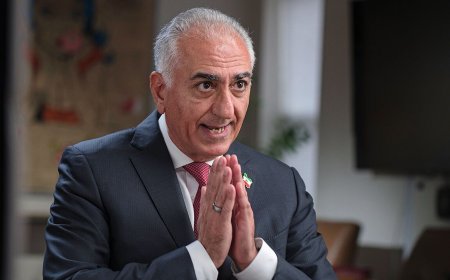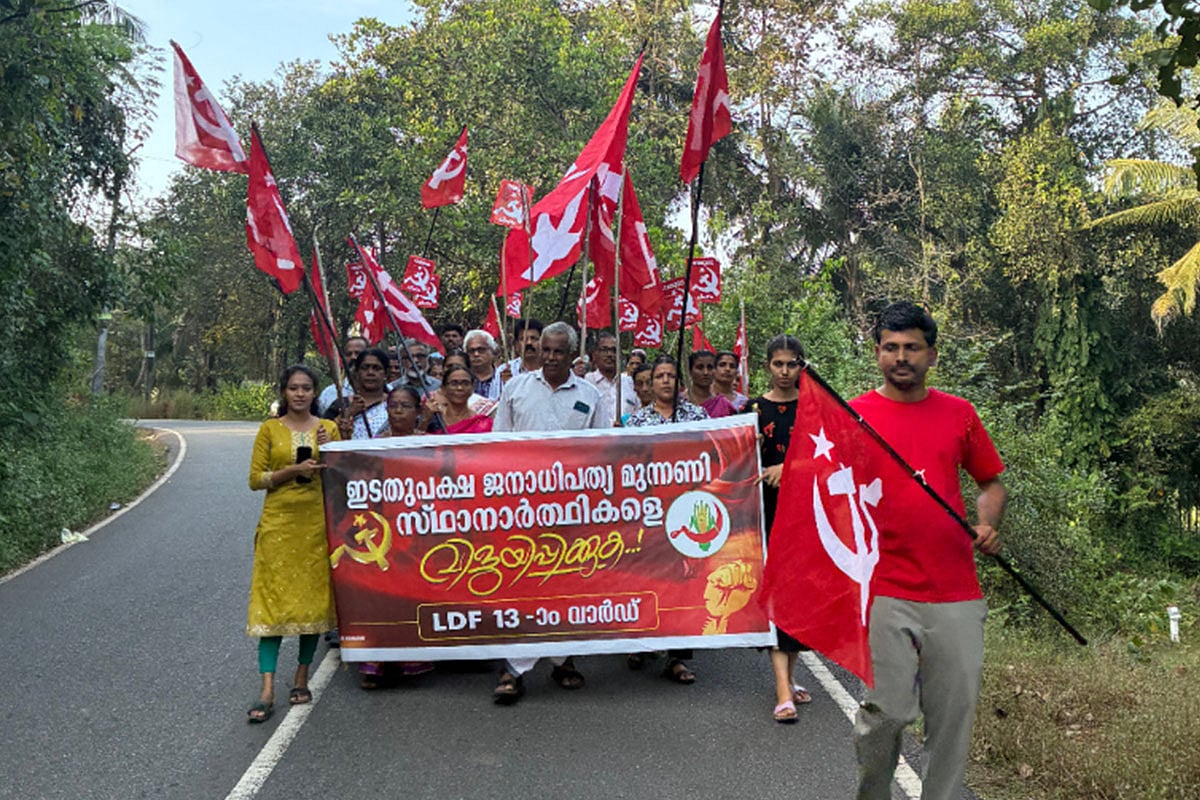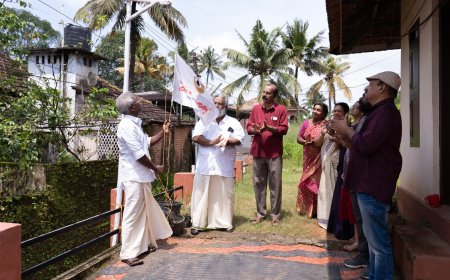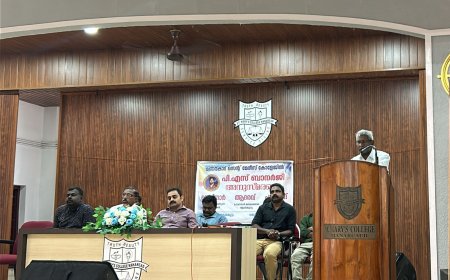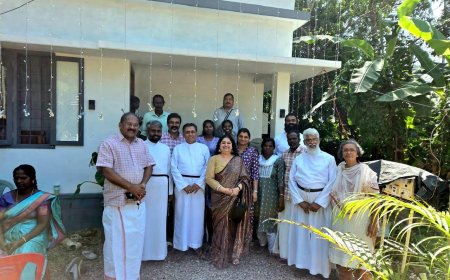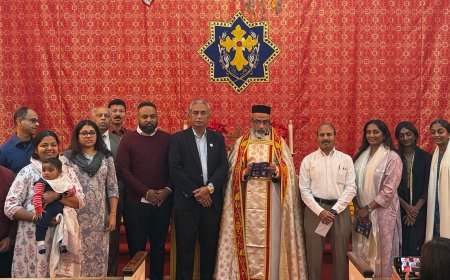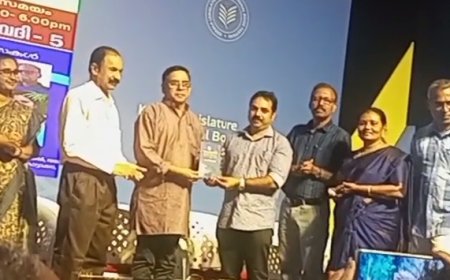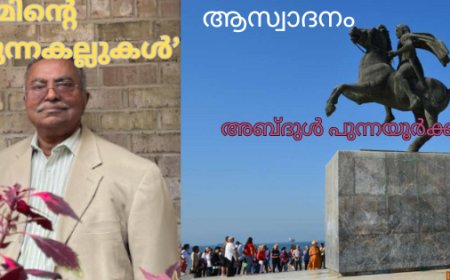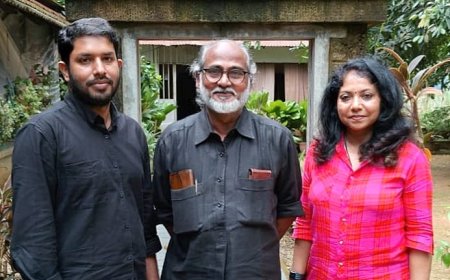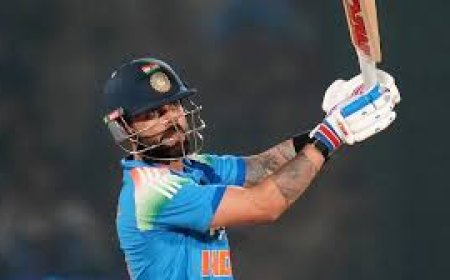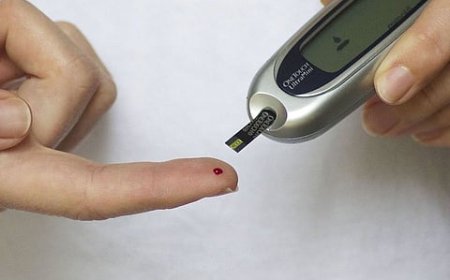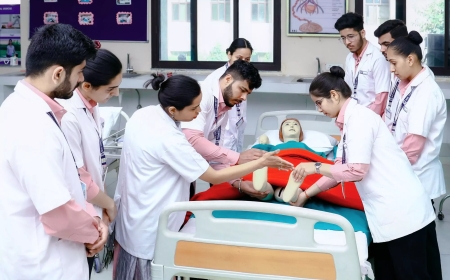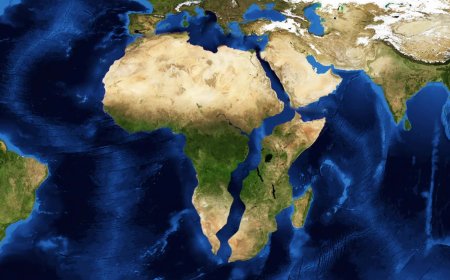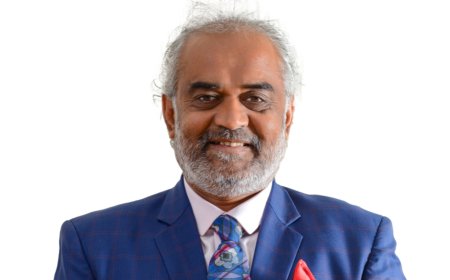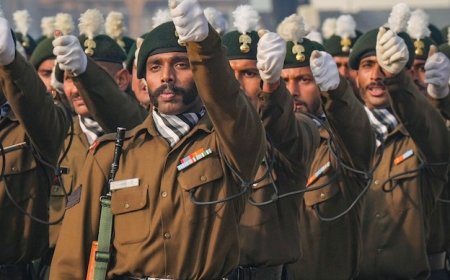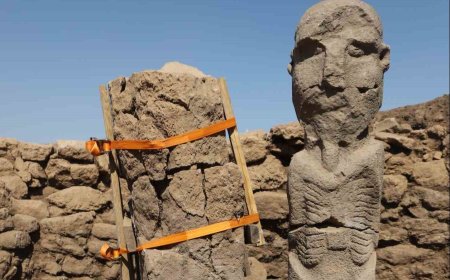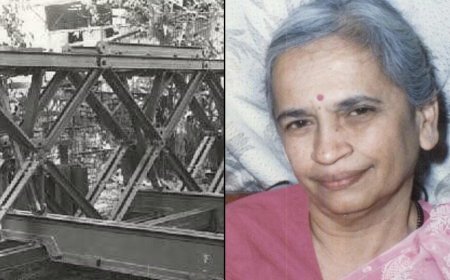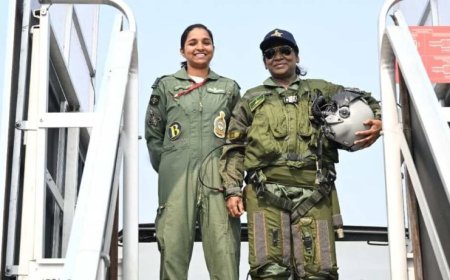ISRO’s giant leap makes Indians proud

THE Indian Space Research Organization is orbiting into cloud nine with its latest successful moon mission Chandrayan-3.
ISRO a few days ago released the first images of the Moon as viewed by Chandrayaan-3, India's third unmanned Moon mission.
The Moon's cratered surface was captured by Chandrayan-3 after entering the lunar orbit on Saturday after the mission was launched on July 14.
Building upon the success of its predecessors, Chandrayaan-1 and Chandrayaan-2, the third lunar mission is set to push the boundaries of space discovery and innovation.
The mission is a prime example of India’s growing commitment towards advancing its presence in the global space community.
According to ISRO, the Chandrayaan-3 mission has three major objectives:
1. Demonstrate safe and soft landing on the surface of the Moon,
2. Conduct rover operations on the Moon, and
3. Conduct on-site experiments on the lunar surface.
In 2019, Chandrayaan-2 captured the world’s attention when it successfully placed the Vikram lander and Pragyan rover near the Moon’s South Pole. But the mission experienced partial setbacks.
The Vikram lander on Chandrayaan-2 crashed on the lunar surface while attempting to land. Despite the mishap, it still marked a significant achievement in India’s space history.
The Vikram lander of the current mission is planned to soft-land on the surface of the South Pole region of the Moon on August 23 at 5.47 pm, according to S. Somanath, Chairman of the Indian Space Research Organization (ISRO). Mr. Somanath also said that the space agency has incorporated major improvements in the lander for the mission.
This includes stronger ‘legs’ for the lander, the ability to withstand a higher descending velocity and a reduction in the number of engines from five to four. ‘‘We have also increased the quantity of the propellant, and solar panels cover a larger area. New sensors also have been added”, he said.
Chandrayaan-3 will conduct scientific experiments to study the moon's environment, including its history, geology and potential for resources.
Chandrayaan-3 is carrying six payloads to study the lunar soil and capture photographs of Earth from the lunar orbit.
During its 14-day mission (one lunar day) upon landing, Chandrayaan-3 will conduct a series of groundbreaking experiments. These experiments will study the moon's atmosphere and dig into the surface to better understand its mineral composition.
The lander Vikram will photograph the rover Pragyaan which will deploy its instruments to study seismic activity on the moon. Pragyaan will use its laser beams to melt a piece of the lunar surface, called regolith, and analyze the gases emitted in the process.
Through this mission, India will not only access a wealth of knowledge about the lunar surface but also its potential for human habitation in the future.
A successful touchdown will mark a huge achievement for ISRO, placing it in a small group of nations that have landed spacecraft on other worlds.
Meanwhile, ISRO has lined up a series of activities over the next few months as it gears up for "exciting" missions including a GSLV launch this year, Somanath said.
"We are going to come back with another PSLV mission soon August or early September."
According to ISRO, the Gaganyaan project envisages a demonstration of human spaceflight capability by launching a crew of three members to an orbit of 400 km for a three-day mission and bringing them back safely to Earth, by landing in Indian sea waters.
WMV wishes the ISRO’s coveted mission a roaring success.



